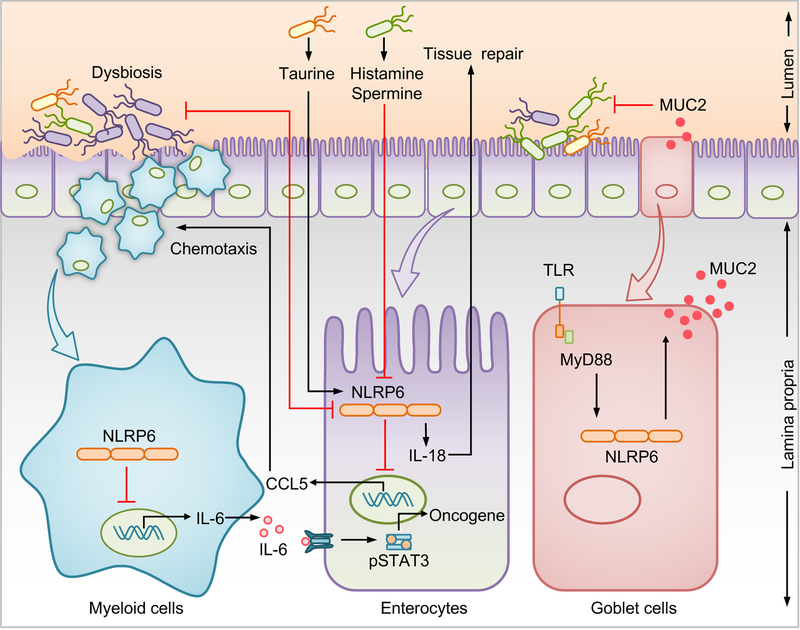Fig. 4 |. Inflammasome–microbiota axis in intestinal homeostasis.
Several immune mechanisms work in concert with the intestinal microbiota to maintain intestinal homeostasis and provide protection against colorectal cancer (CRC). Dysbiosis inhibits NLRP6 inflammasome activation in enterocytes. Conversely, NLRP6 in enterocytes inhibits intestinal dysbiosis and CCL5-mediated recruitment of immune cells into the lamina propria. Increased IL-6 production from myeloid cells in the absence of NLRP6 acts on neighboring enterocytes, to activate the oncogenic transcription factor signal transducer and activator of transcription 3 (STAT3). The microbial metabolite taurine activates, whereas histamine and spermine suppress NLRP6– mediated IL-18 secretion. NLRP6 in sentinel goblet cells induces the secretion of mucin 2 (MUC2) which expels intruding bacteria found in the inner mucous layer providing protection against CRC.

